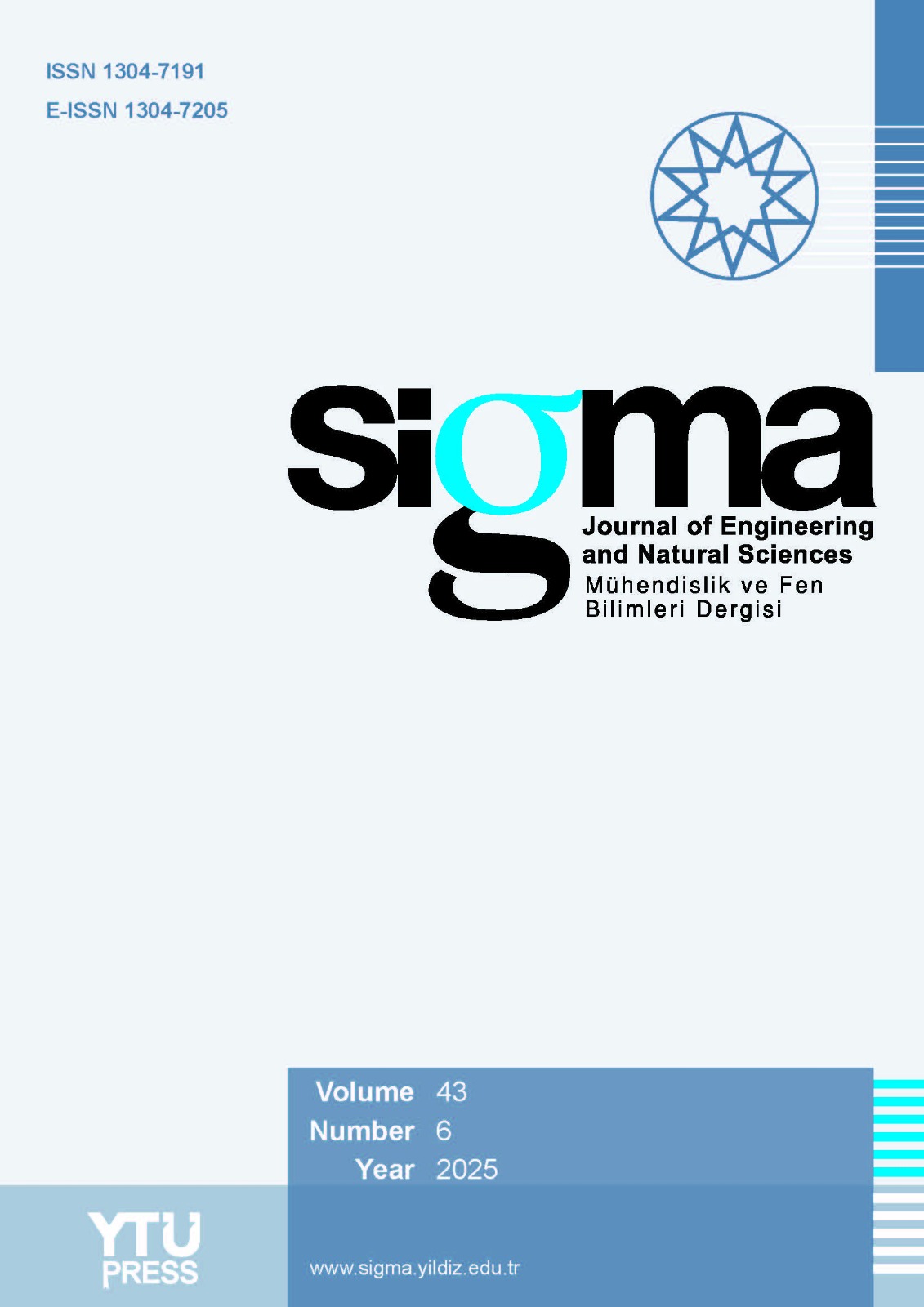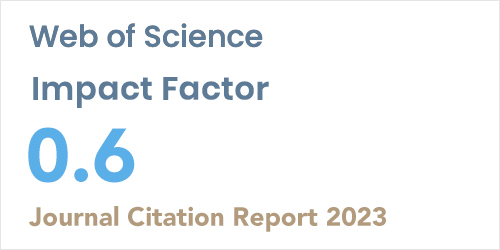2Department of Food Engineering, Aydın Adnan Menderes University, Aydın, 09100, Türkiye
Abstract
The objective of this study is to increase the functional qualities of Ayran by using honey from various sources. The goal of the research is to ascertain the physicochemical, rheological, and aroma composition of Ayran made with honey addition, as well as to assess the effect of different types of honey added to Ayran. Two types of honey (flower and pine) and an equal blend of these honey at a mixing ratio of 10% were utilized in making of Ayran samples. The pH values of the Ayran samples were higher in the honey-added samples compared to the control group. According to the statistical data obtained, the difference between L*, a* and b* values in Ayran samples was significantly different (p<0.05). Adding honey to Ayran samples increased the number of Lactobacillus delbrueckii subps. bulgaricus towards the end of storage. The floral and combination honey samples were found to be more viscous than the samples of pine honey. It was determined that the flower honey sample had a total hydrocarbon content close to the control group and the sample containing the highest total terpene among the other samples. Higher amounts of aldehydes, ketone, and carboxylic acids were found in Ayran samples of pine honey. The Ayran with mixed honey had the greatest levels of total ester and alcohol. Honey enhances the qualities of Ayran; thus, both flower and pine honey can be added to Ayran. Although Ayran’s smoothness and sweetness had no adverse effects on sensory characteristics, it was decided that 10% or a little less honey could be added.














